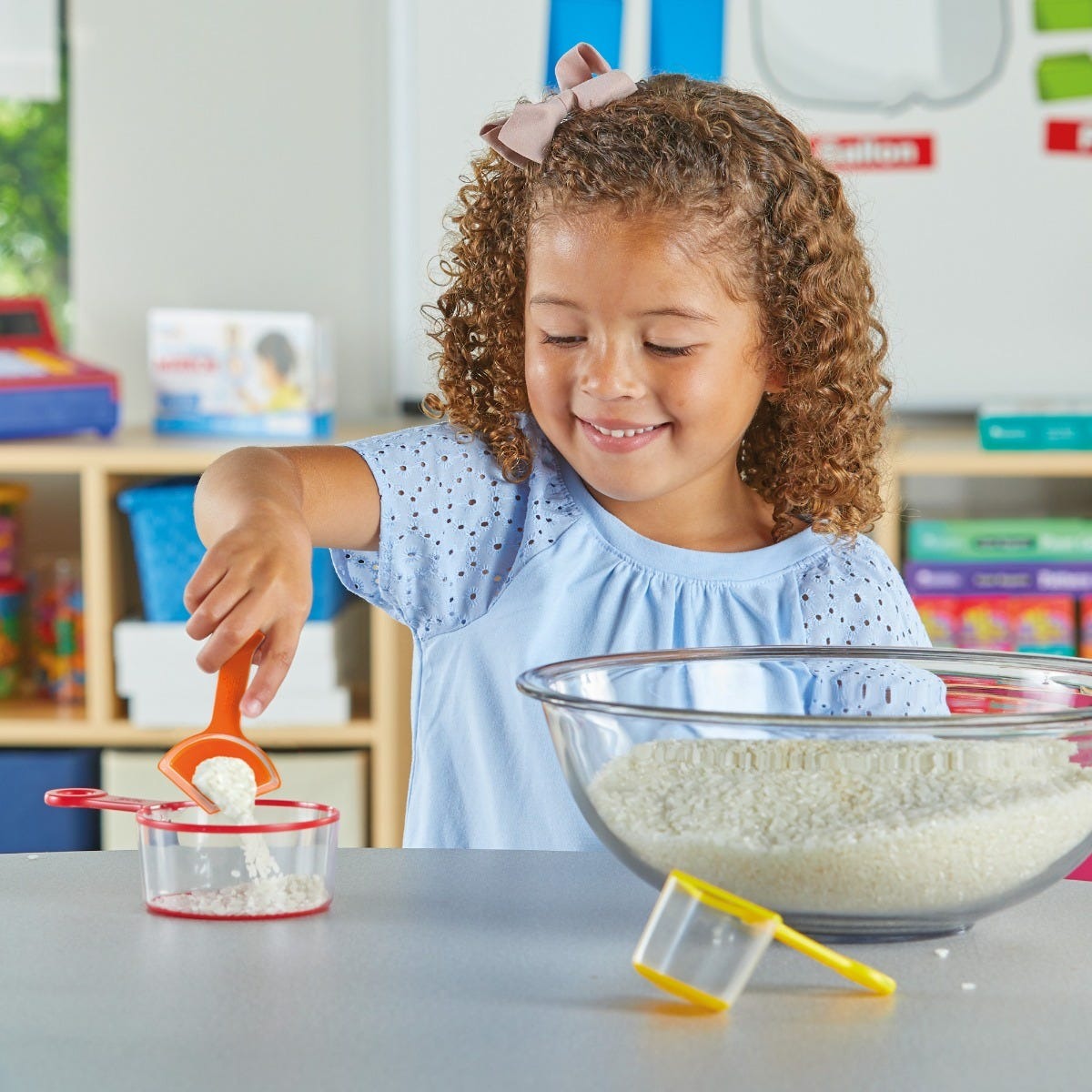Teaching Kids Cost Calculation Through Cooking: Learning with Ingredients
Teaching Kids Cost Calculation Through Cooking: Learning with Ingredients
Cooking with kids is not only a fun bonding activity but also a great opportunity to teach them essential math and financial skills. One of the most valuable lessons is learning how to calculate and compare ingredient costs. In this blog post, we'll explore how to make cooking a practical and educational experience for children by introducing cost calculation techniques.
Why Teach Cost Calculation Through Cooking?
Food is a daily necessity, and understanding the cost of ingredients is a fundamental life skill. Teaching kids to calculate the total cost of a recipe helps them develop budgeting skills and an appreciation for financial planning.
Step 1: Choose a Simple Recipe
Start by selecting a simple and child-friendly recipe, such as pancakes, pasta, or sandwiches. Make sure the ingredients are easy to find and cost-effective.
Step 2: List the Ingredients and Prices
Write down each ingredient needed along with its quantity and price. For example:
- Flour (500g) - $2.50
- Eggs (6) - $1.20
- Milk (1 liter) - $1.00
- Sugar (200g) - $0.80
Step 3: Calculate the Cost per Serving
Divide the total cost of each ingredient by the number of servings it makes. For example:
- Flour: $2.50 / 10 servings = $0.25 per serving
- Eggs: $1.20 / 6 = $0.20 per serving
- Milk: $1.00 / 4 servings = $0.25 per serving
- Sugar: $0.80 / 20 servings = $0.04 per serving
Step 4: Compare the Costs
Teach kids to compare the cost of homemade versus store-bought meals:
- Homemade Pancakes: $0.74 per serving
- Store-Bought Pancakes: $1.50 per serving
- Savings: $0.76 per serving
Step 5: Cook and Reflect
As you cook, talk about the value of preparing food at home versus buying pre-made items. After the meal, discuss how much money was saved and what could be done with the extra money.
Fun Variations
- Price Comparison: Visit a grocery store and compare different brands and prices of the same ingredient.
- Budget Challenge: Set a fixed amount and challenge your child to pick ingredients within the budget.
- Cost vs. Quality: Discuss why some ingredients are more expensive and whether the quality justifies the price.
Final Thoughts
Cooking together is not just about creating delicious meals; it’s also an opportunity to build practical money management skills. By learning to calculate and compare ingredient costs, children gain a valuable perspective on budgeting and making wise financial choices. Turn your next cooking session into a fun and educational experience!
Amazon best seller






Comments